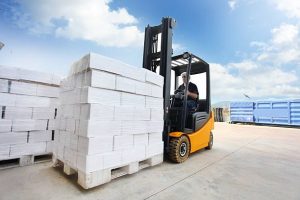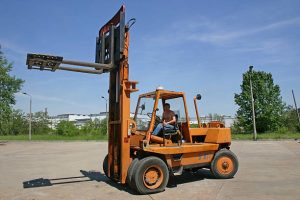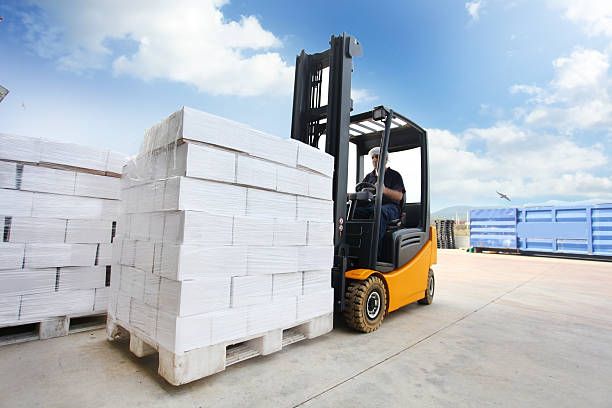Material Handling Outlook Focuses on Lift Trucks
In the fast-changing, increasingly high-tech world of material handling, lift trucks aren’t being left behind. In fact, according to industry insiders, lift trucks and forklift accessories are at the top of most material handling businesses’ lists of priorities.

Image courtesy of iStock by Getty Images – Photo by hiphotos35
According to Modern Material Handling’s 2012 Outlook, which looked at then-current trends and future forecasts, while larger operations were willing to take greater risks on their expenditures, small to medium-sized businesses (SMBs) were being more cautious, focusing more on “well-established solutions.” One of those solutions was fleet management. Not only are businesses investing in new and used forklifts, but they are also investing in the accessories that enhance productivity and value in the lift trucks in their fleets.
Of particular interest to material handling businesses, today are products that can improve labor productivity. This has led to a closer look being taken at electric turret trucks, narrow aisle forklifts, and stockpickers. Sometimes overlooked as “specialty” forklifts, their ability to maximize space and productivity often outweighs their additional expense in facilities that historically have made do with more standard Class I Electric Riders.
At the same time, purchasers are being cautious with their spending, making purchases on an “ad hoc basis.” This cautious spending environment probably accounts for the tremendous interest material handling businesses are showing in used and reconditioned forklifts. For a small, struggling company, there may be no choice, but when companies with more spending power start investing in used forklifts instead of new ones, there must be a reason for it. In most cases, it’s because the recession taught the industry a valuable lesson: Any investment that reduces costs and improves productivity is a good investment.

Image courtesy of iStock by Getty Images – Photo by rzdeb
Businesses are discovering the benefits of putting fleet maintenance high on their list of priorities. The example of medium-sized companies who, after careful analysis, discovered that the relatively minor expense of keeping forklifts in the sound mechanical condition is offset by increased productivity and decreased time, is being followed by smaller companies. Traditionally, small operations have given maintenance relatively low priority, often waiting until it was absolutely necessary to make repairs.
At reconditionedforklifts.com, we’ve made it easy for you to find the right used forklifts for your needs. First, we’ve divided our inventory into the 5 major classes of forklifts, in addition to miscellaneous equipment that doesn’t fall into one of those classes.
Secondly, we’ve divided all our inventory of used forklifts into 3 categories:
1. Choose an “As Is” forklift for parts or the lowest cost. While these forklifts come with no operational guarantees, they have been thoroughly inspected and the result of the inspections are included in the full product outline.
2. For a used forklift that’s ready to go, choose one that comes with an “Operational Guarantee.”
3. For a fully reconditioned forklift that is backed by Toyota’s renowned warranty, buy a “Certified Reconditioned” lift truck.
For more information about these condition categories, read our article, About Reconditioned Forklift Condition Types. If you want to know more about forklift classes and codes, take a look at our Forklift Guide. If you have further questions, don’t hesitate to contact us directly. Choosing a used forklift is an important decision, and we want to help you make the best decision possible.

